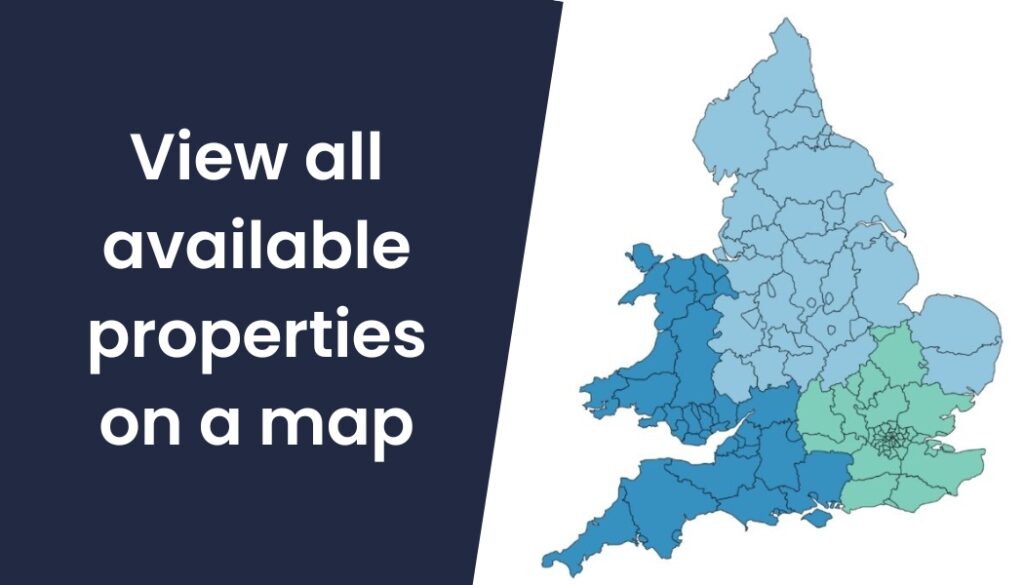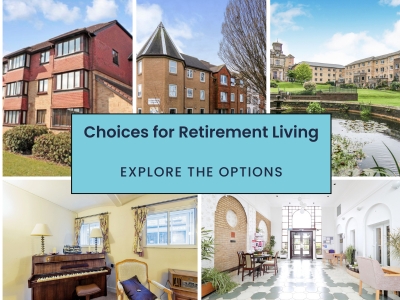The choices of retirement living
Posted 14th July 2025
Choice is at the heart of what older people want when it comes to later life living. As people live longer, healthier, and more diverse lives, the old “one-size-fits-all” model of senior care no longer works. A wide variety of innovative, person-centred living models are emerging, each designed to reflect different lifestyles, care needs, and values. Below is an overview with that emphasis on choice built in:
???? A World of Options: Emerging Models of Later Life Living
“We don’t all age the same — so why should we all live the same?”
✨ Why This Shift Matters
Older adults are no longer passive recipients of care — they’re active consumers with preferences, plans, and expectations. Whether it’s community, care, cost, or culture that drives decisions, what they want above all else is:
- Options that reflect their individuality
- A sense of control and dignity
- Homes, not institutions
1. Build-to-Rent Senior Living
What it offers: Flexibility and freedom.
- Who it’s for: Seniors who prefer renting over owning or want urban access.
- Features: Urban locations, concierge services, wellness programs.
- Trend: Gaining ground as older adults increasingly want flexibility without ownership burdens.
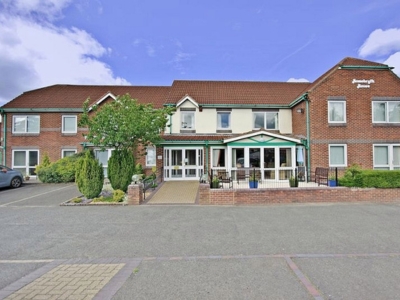
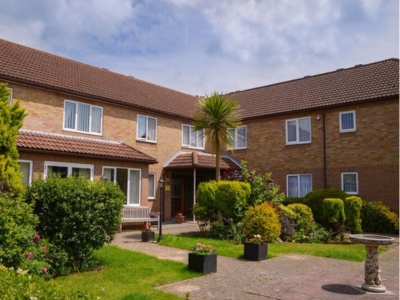
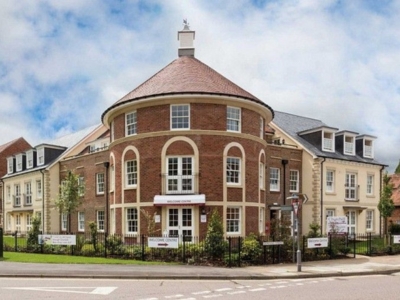
2. Aging in Place
What it offers: Independence and familiarity.
- Who it’s for: People who love their homes and communities.
- Enablers: Home modifications, in-home care, remote monitoring, community services.
- Why it works: Allows people to maintain autonomy and remain in their comfort zones.
3. Co-Housing and Co-Living
What it offers: Connection without sacrificing privacy.
- Who it’s for: Those who want social contact and shared purpose.
- Features: Private living spaces + shared kitchens, gardens, and activities.
- Benefits: Builds strong peer support networks and combats isolation.
4. Inter-generational Living
What it offers: Vibrant, diverse communities.
- Who it’s for: Older adults who enjoy being around younger people and vice versa.
- Examples: Students living with seniors, multigenerational housing designs.
- Impact: Promotes empathy, learning, and a sense of purpose.
5. Retirement Communities
What it offers: A lifestyle-first approach.
- Who it’s for: Active older adults who value amenities, security, and like-minded neighbours.
- Features: Community, convenient & maintenance-free living.
- Benefits: Long term Assured Tenancies for peace of mind.
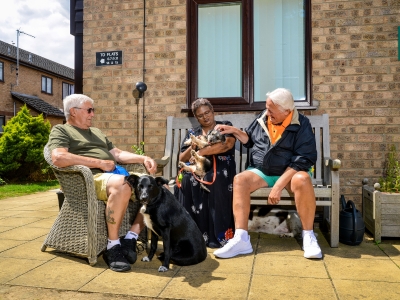

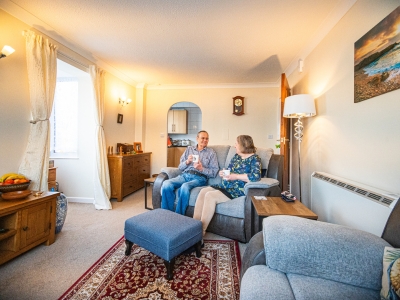
6. Continuing Care Retirement Communities (CCRCs)
What it offers: Security and continuity.
- Who it’s for: Those planning ahead for changing care needs.
- Design: Independent living with a built-in path to assisted living or nursing care.
- Peace of mind: You don’t have to move as your health changes.
7. Assisted Living and Residential Care Homes
What it offers: Support with everyday life.
- Who it’s for: Older people who want help but not full medical care.
- Services: Meals, personal care, medication, activities.
- Focus: Balancing support with as much independence as possible.
8. Small-Scale, Homelike Living (e.g., Green House Model)
What it offers: A human-centred alternative to institutions.
- Who it’s for: Those needing care who want a more personal, familiar setting.
- Design: Small groups (8–12 people), domestic feel, consistent staff.
- Result: Better wellbeing, dignity, and relationships.
9. Dementia-Friendly Villages
What it offers: Freedom and safety.
- Who it’s for: People living with dementia.
- Environment: Entire communities built around safety, routine, and stimulation.
- Example: De Hogeweyk (Netherlands) — a global model for dignified dementia care.
10. Tech-Enabled Independent Living
What it offers: Autonomy through innovation.
- Who it’s for: Tech-savvy or care-dependent individuals wanting to stay home.
- Tools: Smart homes, wearables, medication reminders, AI companions.
- Growth area: Particularly valuable in rural or remote settings.
Find your new retirement home for an independent lifestyle with My Future Living

